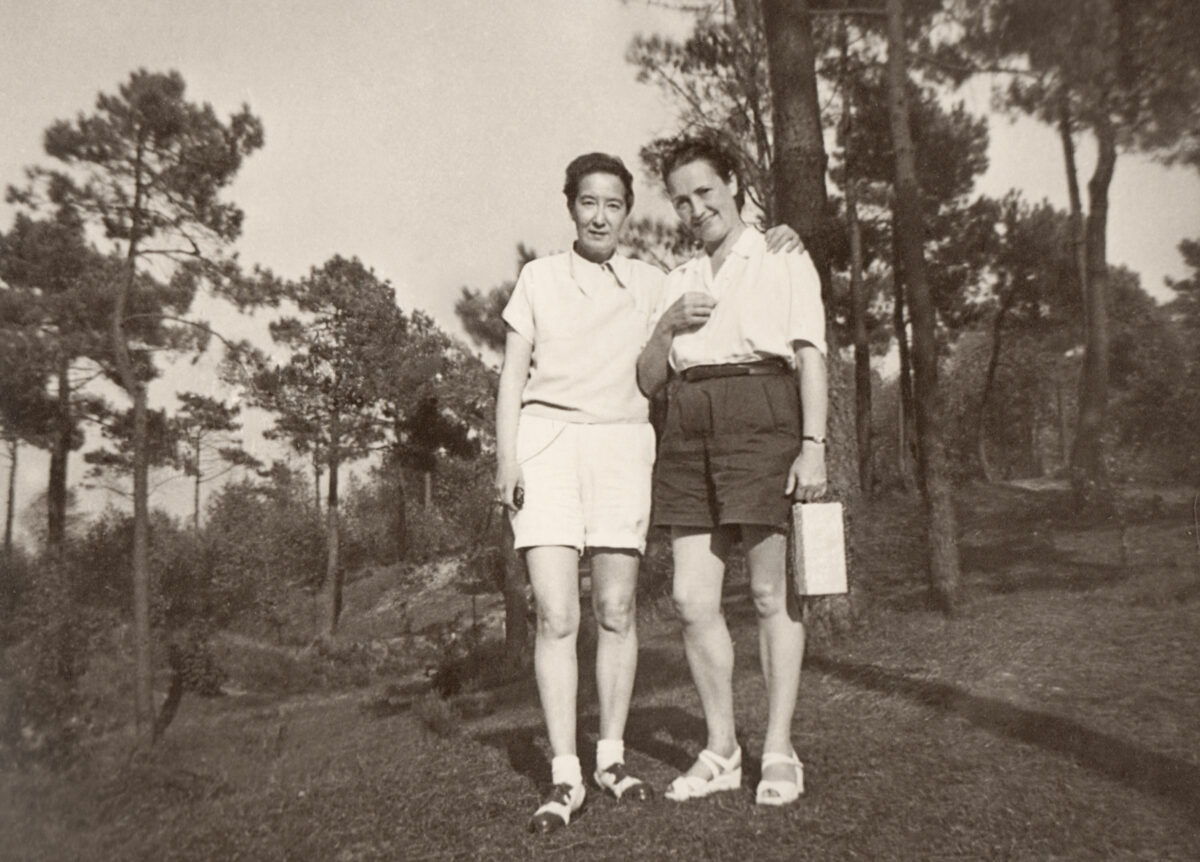It was an extraordinary love affair that blossomed in the most unusual of places.
Nelly Mousset-Vos and Nadine Hwang met in Ravensbruck — a Nazi concentration camp near Berlin set aside for women — in the winter of 1944. Although they were separated in 1945, they were reunited after World War II and lived together in apparent bliss for the rest of their lives.
Their relationship, the stuff of a story book romance, is examined by Swedish filmmaker Magnus Gertten in Nelly & Nadine, which will be screened at the Canadian International Documentary Festival on April 30 and May 5.
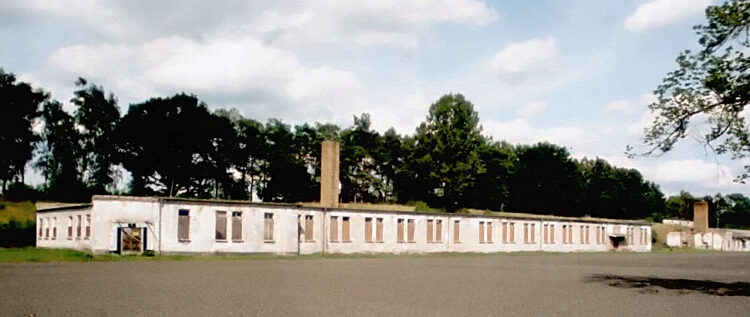
Gertten’s film unfolds, in part, through the eyes of Nelly’s granddaughter, Sylvie Bianchi, who lives on a farm with her husband, Christian, in northern France. Sylvie knew Nelly briefly, inherited her journals and home movies after her death, and is now the unofficial keeper of her legacy.
Until recently, it never occurred to Sylvie that they were lesbian lovers. Having digested this information, she is completely at ease with it.
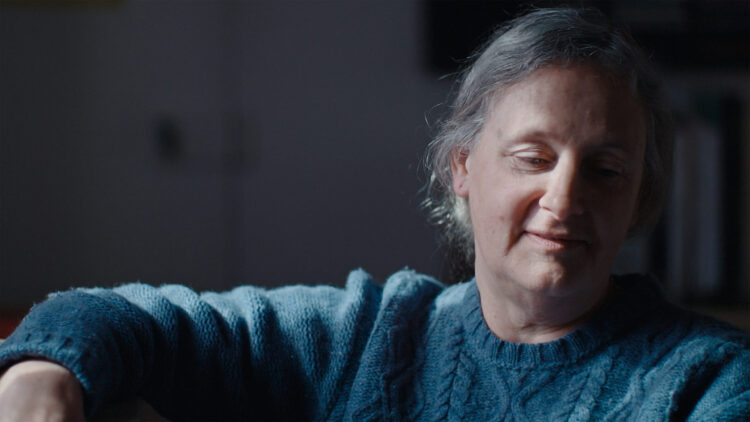
Nelly, a singer, performed in Paris, Milan, Zurich and London during her career. In the spring of 1943, she was arrested by the German occupation authorities. Charged with being a member of the French resistance movement, she was incarcerated in Ravensbruck, which at one point held 12,000 prisoners from all over Nazi-occupied Europe. Strangely enough, Gertten tells a viewer virtually nothing about her previous life before the war.
In December 1944, while entertaining inmates, Nelly received a request from Nadine to sing Madame Butterfly. Nadine, a literary type who had moved in bohemian circles in Paris, was the daughter of the Chinese ambassador to Spain. It’s unclear why she lived in Paris and why she was sent to Ravensbruck. These omissions are puzzling and leave a gaping hole in the narrative.
Be that as it may, the pair fell in love and regarded each other as soul mates. Nelly, in particular, was transfixed by Nadine’s mysterious gaze. Nadine’s opinions are rarely mentioned, and she remains something of a cipher
Three months before the end of the war, Nelly was transferred to the Mauthausen concentration camp in Austria. She was transported there in a box car, crammed with 80 people, over the course of five days. Without elaborating, Nelly describes the camp as “the ante chamber of hell.”
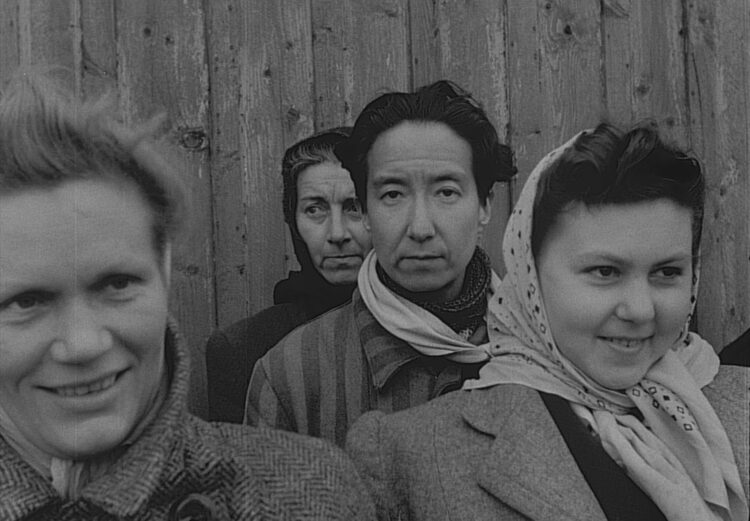
Nelly and a group of fellow inmates were liberated by the Red Cross on April 22, 1945 and taken to the southern Swedish city of Malmo. Unbeknownst to Nelly, Nadine was transported to Malmo as well. They were reunited in 1946 or 1947, but regrettably, Gertten omits the details.
For reasons that are not spelled out, Nelly and Nadine settled in Caracas, the capital of Venezuela, in 1950. To the outside world, they presented themselves as cousins. Nadine worked in a bank, while Nelly was employed by the French embassy.
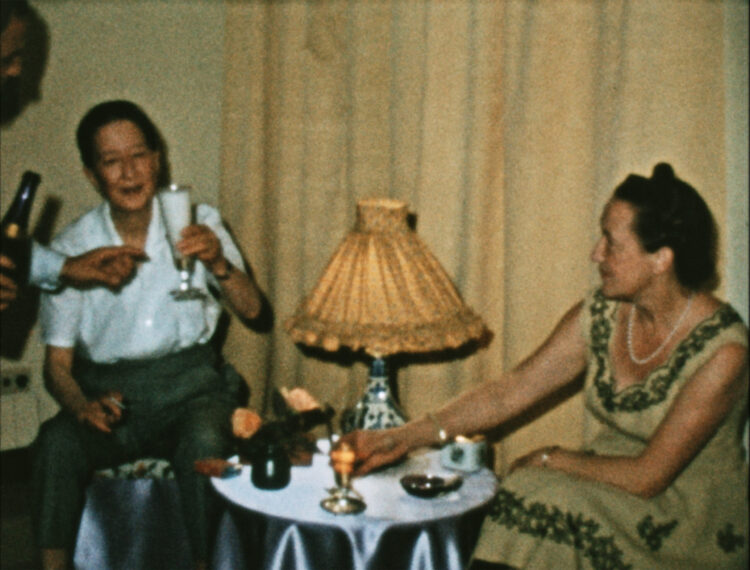
They seem to have had a happy and charmed life after Ravensbruck, but Nelly appears to have missed France.
Gertten’s portrait of this expatriate couple is at times moving, but it is also plodding and leaves out some important facts.
